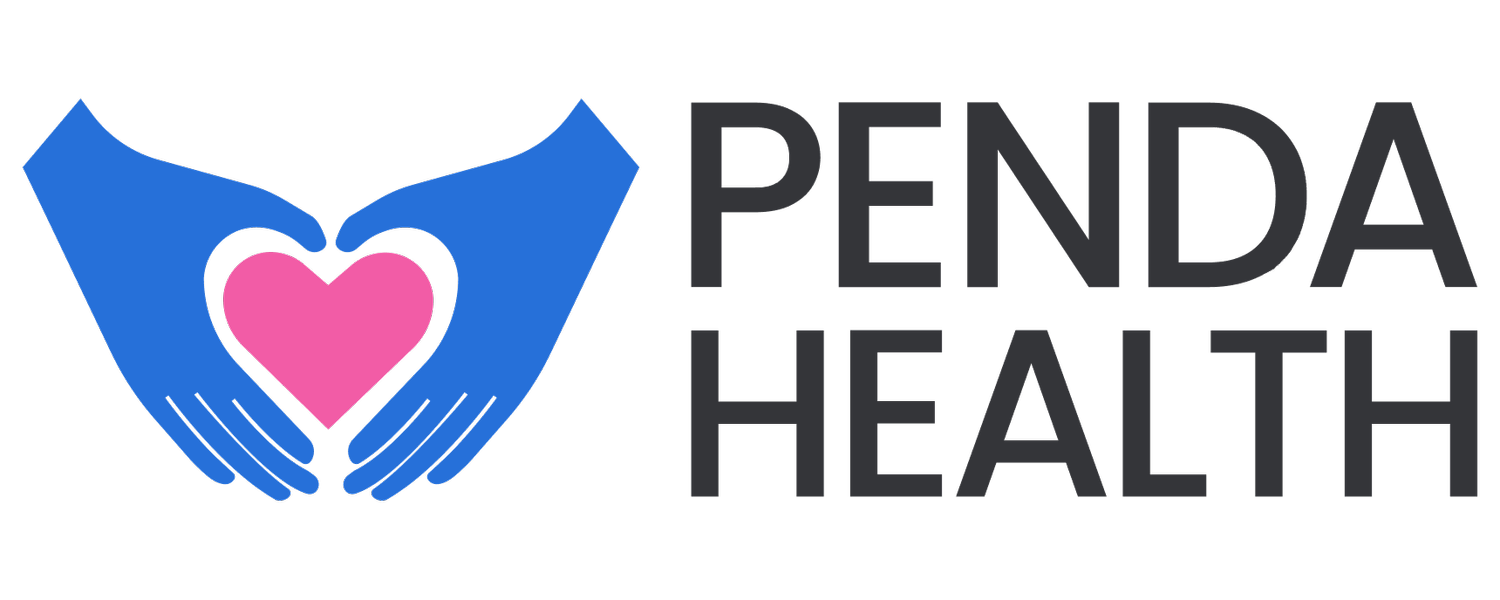Will telemedicine in Kenya outlast Covid-19?
By Rob Korom, Chief Medical Officer, Penda Health
Telemedicine has witnessed explosive growth globally during the Covid-19 pandemic.
While the technology that enables telemedicine has been around for a long time, Covid-19 catalyzed its large-scale adoption by patients and providers for the first time. For good reason: limiting unnecessary interactions between people limits the spread of the disease.
Is the current interest in telemedicine temporary? Or is this means of delivering healthcare here to stay?
I believe telemedicine is here to stay. It will become a primary way that patients access medical care, long after Covid-19 is over. I say this with one big caveat: telemedicine is most effective when used as a tool within a broader, patient-centered healthcare system.
When most people think of telemedicine, they picture a video call with a doctor. The patient could be at home, the doctor in her office (or even at home!), with the two interacting virtually through a screen. Through that “virtual visit” the doctor can ask questions about the patient’s condition. While the doctor may not be able to do a complete physical examination over a video call, she can look at rashes, see where the patient is pointing, and understand the patient’s general condition.
As a medical doctor, I know that many diagnoses can be made based on the patient’s history alone. However, many diagnoses require confirmation with laboratory or imaging tests. In some telemedicine platforms, such as Penda Health’s Pigia Penda or Daktari Africa, doctors can order tests which can be done at nearby laboratories and results relayed to them. Similarly, any medications required to treat the condition, could be prescribed remotely and picked at a local pharmacy, or even delivered to the patient’s home.
Besides laboratory testing and medications, many conditions require a detailed physical examination. Some sensitive ones are best suited for in-person conversation. Others may require measurements, samples, or biopsies, which necessitate in-person visits. In otherorder words, comprehensive healthcare cannot be provided through a screen alone – a strong brick-and-mortar network helps doctors provide the full continuum of care that patients need.
When does telemedicine work?
For chronic conditions, there is tremendous opportunity for patients to save time and money by addressing some aspects of care remotely through telemedicine. For example, patients with hypertension and diabetes can communicate their blood pressure and blood sugar readings with their doctors remotely rather than needing to go to a physical location. When those parameters are well controlled, no changes may be necessary. However, when doctors notice a series of abnormal readings, they could consult with the patient remotely to determine any changes to the treatment plan.
Similarly, for pregnant mothers, an important aspect of care is providing information on what to expect during pregnancy, and discussing common issues such as nutrition or swelling of the feet. Healthcare providers are already experimenting with innovative ways to deliver this critical information to their patients remotely. In many cases, this becomes more impactful and beneficial to the patient than what is typically received in the busy and crowded ante-natal clinics.
Even before the Covid-19 pandemic, there were several telemedicine solutions being developed. This includes Pigia Penda, Daktari Africa and MyDawa.
Penda Health, where I am the Chief Medical Officer, runs “Pigia Penda” — a 24-hour telephone hotline, where anyone can get their medical questions answered. It is meant to provide a high-quality option over the phone for people avoiding hospital facilities unnecessarily. We also wanted to make this service accessible to people who are cautious about their airtime and data consumption and prefer avoiding video calls. One thing users value about Pigia Penda is the convenience — a patient does not need to set up an appointment or download any application. One just needs to call 020 790 9045 and within seconds will be discussing the medical problem with one of our health care providers. Pigia Penda is backed by a network of brick-and-mortar health facilities all over Nairobi, in case one needs in-person follow-up, laboratory testing, or drug delivery. Health records are also immediately available to clinicians across the Penda Health network. It really helps to have providers who are familiar with the medical history.
Daktari Africa is a telehealth service that allows patients to connect with doctors for virtual visits. The website also serves as a repository of information about common conditions and has a “forums” section for patients suffering from conditions such as diabetes or high blood pressure to ask questions and get support from others.
MyDawa is an on-demand pharmacy delivery service to the doorstep once a valid prescription is sent. MyDawa is a fully-licensed pharmacy with over 1000 different products. The valid prescription can be sent in by the patient or the doctor to the convenient and accessible platform and medicines will be delivered in a few hours.
What, then, is the future of telemedicine?
After the pandemic, telemedicine will still thrive. Particularly, when patients can layer telemedicine services on top of their existing brick-and-mortar services, and integrating them seamlessly into a system of healthcare.
Many providers are thinking about how to do this exactly. At Penda, we hope to share our lessons learned with the entire industry. At the end of the day, the goal is one – ensuring that patients get safe and effective health care conveniently.

